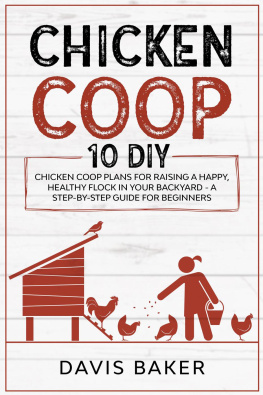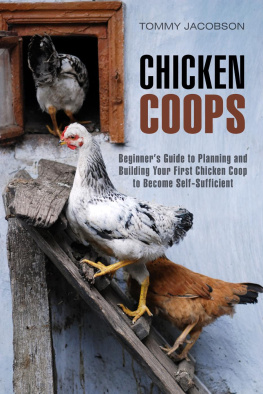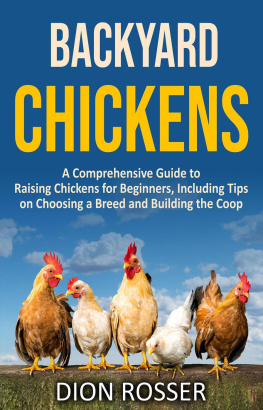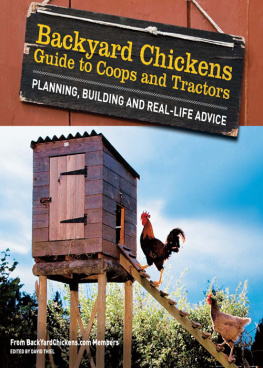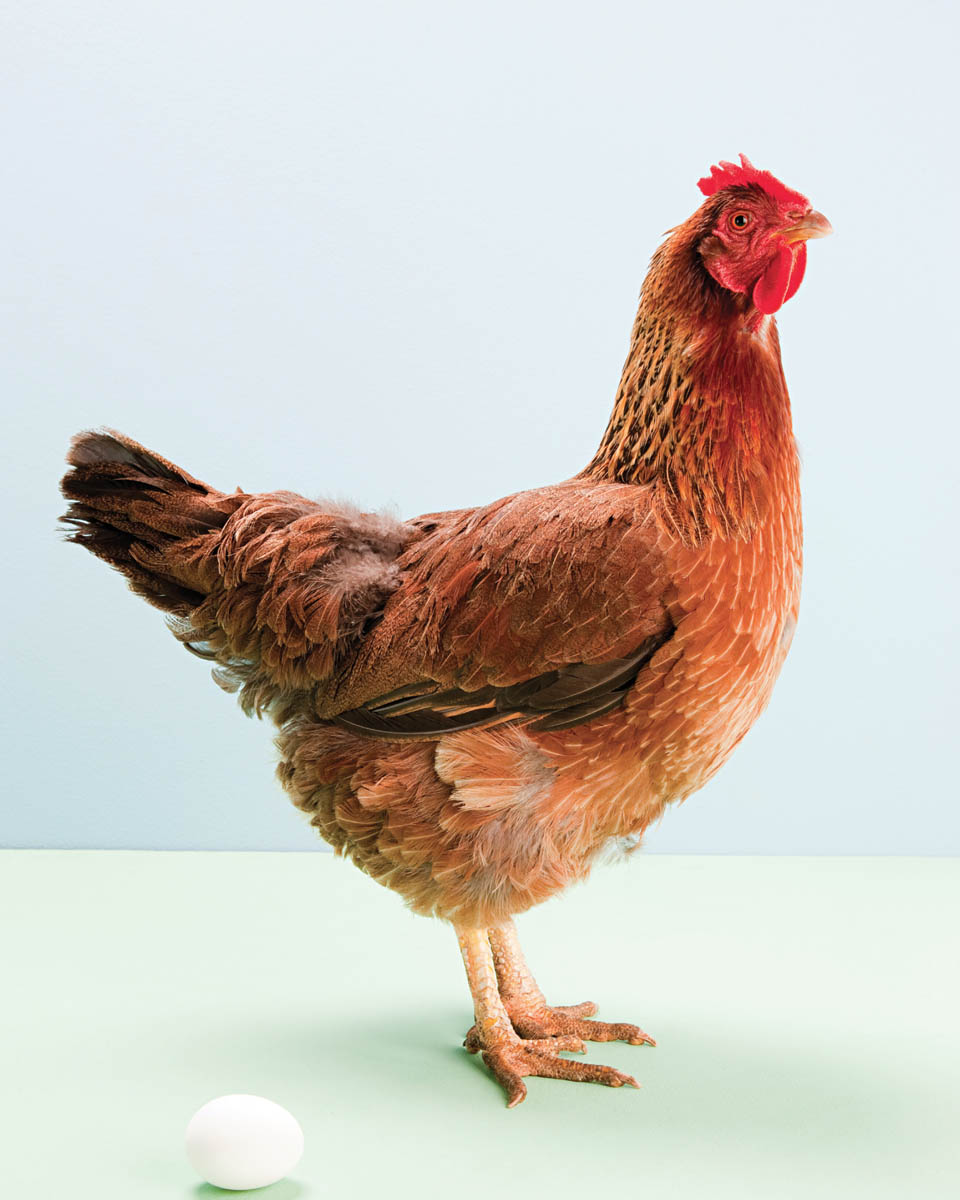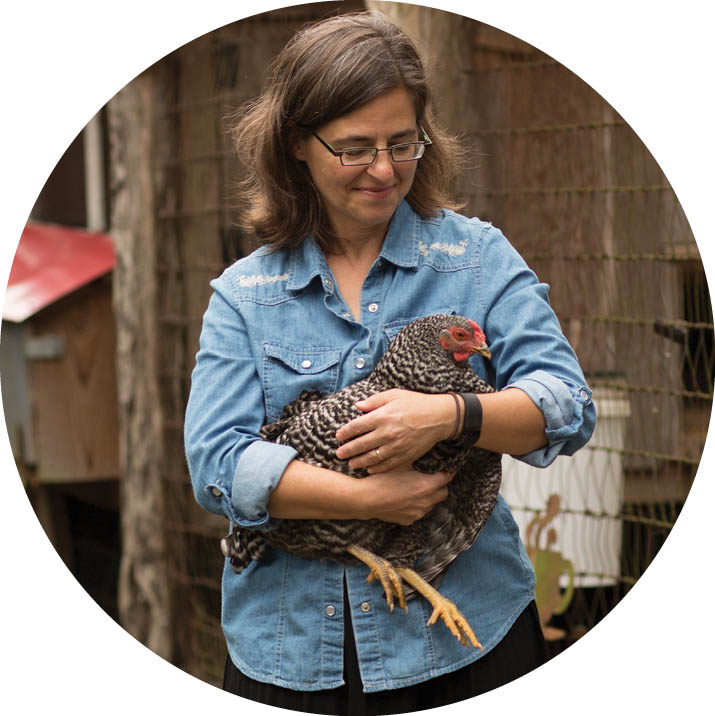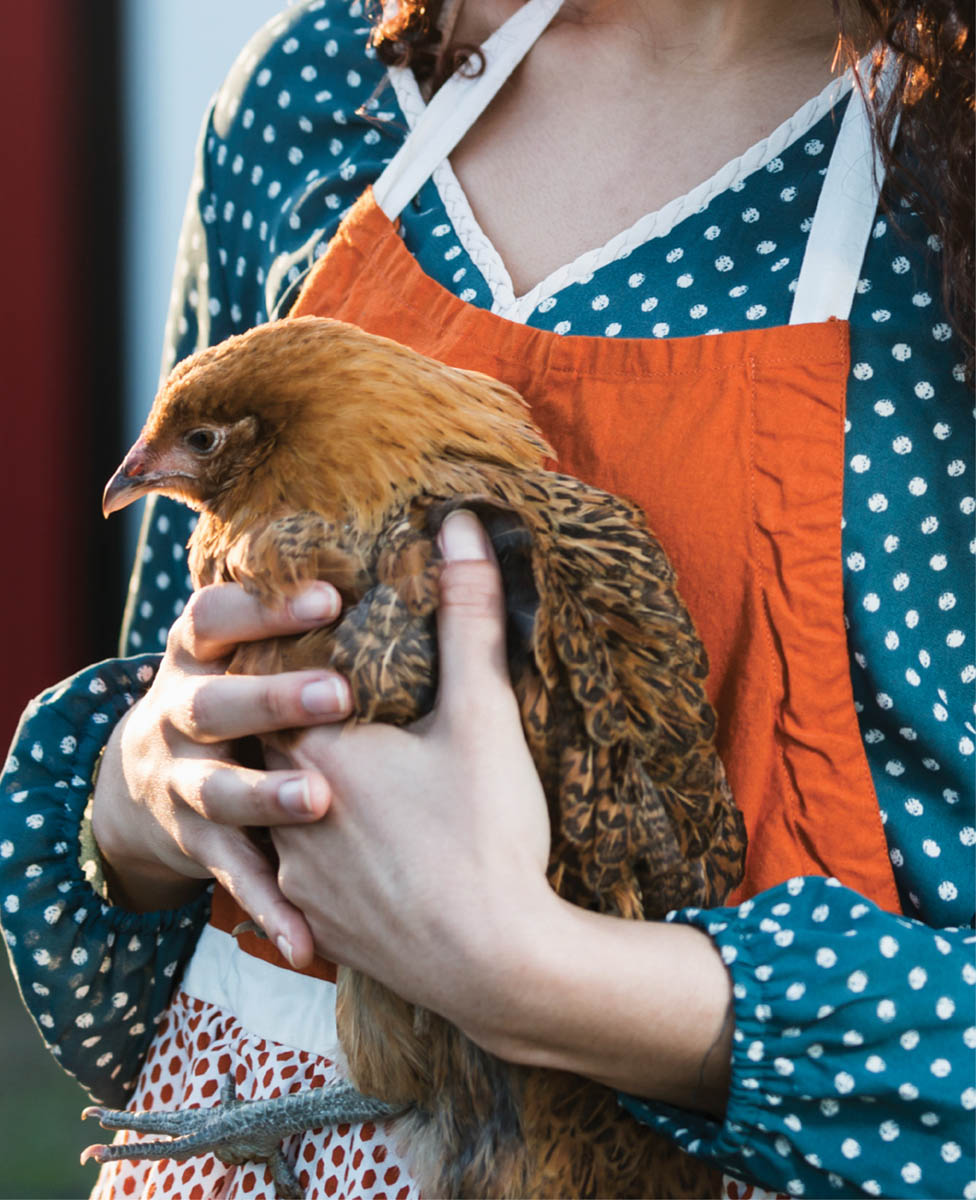This book is dedicated to Chris Crochetiere, my first reader and muse. Your happiness is my pole star. Thanks so much for wanting to add chickens to our little urban homestead.
Contents
Build feeders from free or low-cost materials or use vintage feeders. Create a critterproof Vending Machine feeder made from a 5-gallon bucket, eyehooks, and wine corks. Learn how to make a drawer feeder and a nursery pot feeder, and harvest grass clippings with your mower.
Build a self-filling waterer from a rain gutter and downspout, a 5-gallon bucket, and watering nipples to keep chickens from fowling the water.
Construct a predator-proof pen (aka run) with readily available materials, and create a Chunnel (chicken tunnel).
Entertain the chickens with enrichments (as zookeepers say) such as tree branches in the pen to roost on. Also use salvaged dog crates to isolate new, sick, or broody hens, and buy crickets at the bait shop to stage a rapid-paced rodeo for the chickens.
Build a no-sag gate for the pen, an automatic door for the chickens, and a henkeepers door and cleanout doors for you.
Make coop cleanout super easy, as well as address the conundrum of how to have good ventilation without also having drafts. Covers bedding, easy composting (never smells and never needs turning), ventilation guidelines, and more.
Make a nest box that is easy to clean and accessible even to kids.
Build your coop/pen/habitat with a jigsaw and drill. Learn about other safe-to-use tools and techniques.
Find free pallets, salvaged metal roofing, salvaged fencing, and the like, and learn how to use galvanized fencing, pressure-treated wood, cedar, or other options.
Find designs and how-to for a coop made of free pallets.
Preface My Wife Wanted Chickens
I dont dislike chickens at all. I could live happily without them (although I would miss the eggs), but life doesnt always take you where you think youre headed. So when my wife said she wanted chickens, I knew we would have chickens.
A Bit about Our Experience
My wife, Chris, and I approached becoming chicken-keepers from two different angles. Chris, an animal lover and fervent cook, saw chickens as adorable pets with culinary benefits. My priorities were different. I wanted my wife to be happy (which Ive learned is the key to being a happy husband), but I didnt want to be the guy who came home tired from a hard day at work and sat down with my beer just in time to remember some nasty chicken chore that I really should have done yesterday. A picture like that will put a fire under you. It sure did me.
Another issue is that I grew up working class with a frugal bent. I wondered how far down I could bring the cost of making a coop and keeping backyard chickens. Could the construction details be simple enough for people with limited skills?
Finally, I wanted us still to be able to take long vacations without coming home to starving chickens. In other words, I wanted to possess the least expensive and lowest-maintenance chicken compound in world history. A Hentopia for chickens and chicken-keepers.
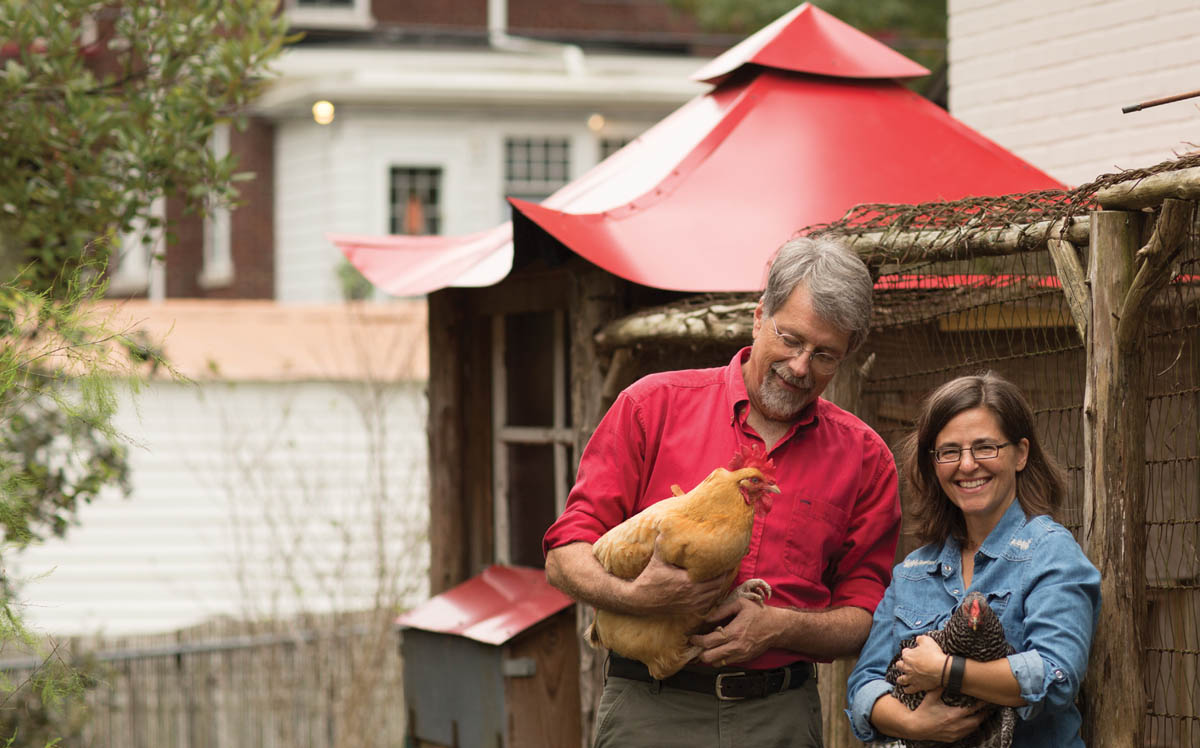
Chris asked if the coop could have a pagoda roof. Unable to find pagoda designs on the Internet, I had to take my guerrilla carpentry skills to a new level.
With these goals in mind, we visited numerous chicken-keepers, thanks to the folks behind the Raleigh Tour de Coop, the Bull City Coop Tour, and the Greensboro Coop Loop (all in North Carolina). We scoured the Internet and flipped through books on coops and chickens. We took mental notes, written notes, and smartphone photos. We went back and forth on a few things, and we plowed through lots of graph paper.
Our coop and habitat design was more than a year in the making. We wanted something that would not only keep the chickens safe but also be easy to clean and convenient to maintain. If it allowed us to go away for two-week vacations without worrying about our hens, even better.
Our choices have paid off over the years. Our three middle-aged hens (a Buff Orpington, a Rhode Island Red, and a Black Marans) and four young hens (an Easter Egger, a Golden-Laced Wyandotte, and two Dominiques) lay about two dozen eggs a week. We spend time with them when we want to, not because we have to. Aside from periodically tossing them kitchen scraps and gathering their eggs, we can go for days without tending to the chickens when were busy with other things in our lives. I can relax when I come home from work. I also get breakfast-for-dinner as often as I like (almost). The tagline for my twice-yearly coop design/build workshop is We spend less time doing chicken chores than we spend cooking eggs.
We have been able to go away for as long as two weeks or more without a hitch. Weve created a Hentopia. And you can, too.
If it allowed us to go away for two-week vacations without worrying about our hens, even better.

A birds-eye view of our birds domain
A Bit about This Book
Its no secret that urban homesteaders, homeschoolers, hipsters, and handy folk of all types, as well as the not so handy, are acquiring backyard chickens. Its a certifiable trend, with understandable appeal. The birds offer many benefits:
- Eggs with thick whites and orangey yolks
- The Oscar-worthy entertainment value of birdy behavior
- A reason to spend time outdoors
- Insect and tick control
- Weed management
- Sustainable disposal for garden and kitchen scraps
- Premium garden-fertility enhancement
- Life lessons and responsibilities for kids
- Biology lessons for kids (and adults)
- Lessons in mortality for kids (and adults)
- Small-scale business opportunities
- The calming effect of contented clucking
One secret hasnt surfaced in the media yet: the countertrend of backyard henkeepers giving away their birds. At some point people discover that many of the common practices and techniques of henkeeping are time-consuming, expensive, inconvenient, or all three. Conventional coops are hard to clean out. Standard feeders and waterers are constantly dirty or empty or both. Predators penetrate flimsy pens to eat someones pet-with-benefits. The list goes on.
Its important to recognize that the primary beneficiary of a good design is the henkeeper, not the hen.
Others who might enjoy the benefits are intimidated by the apparently high cost of conventional chicken-keeping.






